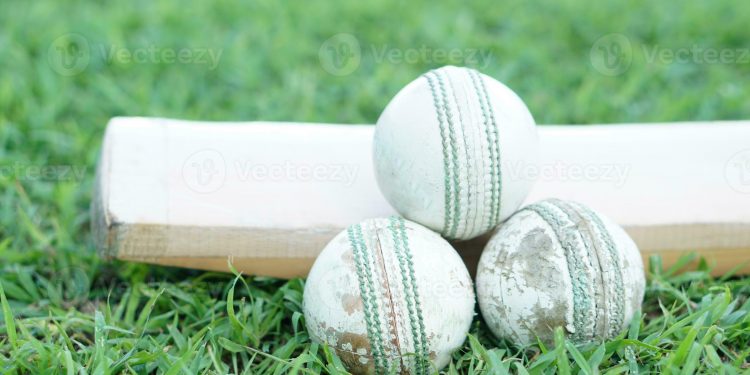Significant modifications to the two-ball rule in One-Day Internationals (ODIs) and the concussion substitution protocol in all formats of men’s international cricket have been accepted by the International Cricket Council (ICC).
For Test matches, these new rules will go into effect on June 17, for ODI matches on July 2, and for T20I matches on July 10.
Two new balls, one from each end, will still be used in the ODIs under the updated two-ball regulation, but only until the 34th over is over. The bowling team will choose one of the two balls to be utilised at both ends following overs 35 to 50. According to the ICC, the goal of this modification was to bring bat and ball back into balance.
One new ball will be used for the duration of an ODIS if it is cut down to 25 overs per side or less before the first innings starts.
Heavy concussion substitution protocols have also been developed by the ICC. One wicketkeeper, one batter, one seam bowler, one spin bowler, and one all-rounder are among the five replacement players that the teams must pre-name to the match referee prior to the game commencing.
This modification attempts to avoid contentious concussion substitution choices, like India’s substitution of Harshit Rana for Shivam Dube in the fourth Twenty20 International match against England, which generated controversy since it was questioned if the substitution was like-for-like. Furthermore, following the current like-for-like procedure, the match referee may authorise a substitute who is not one of the five nominated players if a replacement player also sustains a concussion.
In the modified catch rule, MCC prohibits numerous aerial encounters beyond the line.
In addition, the Marylebone Cricket Club (MCC) has changed the rules for boundary catches. As of October 2026, the bunny hop method outside the boundary for clean catches is no longer permitted. An airborne fielder is only permitted to make one contact with the ball outside the boundary before coming back to the field to finish the catch under the updated regulation.






![[WATCH] TNPL 2025: Dindigul Dragons vs. Siechem Madurai Panthers: Three overthrows due to a comedy of field mistakes 6 [WATCH] TNPL 2025: Dindigul Dragons vs. Siechem Madurai Panthers: Three overthrows due to a comedy of field mistakes](https://onecricket.pro/wp-content/uploads/2025/06/guj-w-vs-up-75x75.jpg)
